-
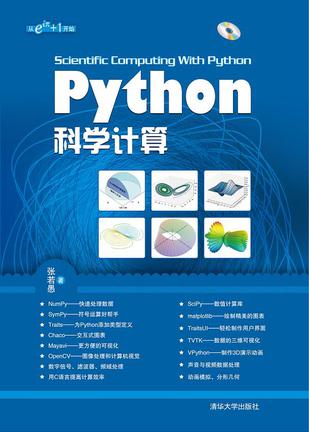
Python科学计算
本书介绍如何用Python开发科学计算的应用程序,除了介绍数值计算之外,还着重介绍如何制作交互式的2D、3D图像,如何设计精巧的程序界面,如何与C语言编写的高速计算程序结合,如何编写声音、图像处理算法等内容。书中涉及的Python扩展库包括NumPy、SciPy、SymPy、matplotlib、Traits、TraitsUI、Chaco、TVTK、Mayavi、VPython、OpenCV等,涉及的应用领域包括数值运算、符号运算、二维图表、三维数据可视化、三维动画演示、图像处理以及界面设计等。 书中以大量实例引导读者逐步深入学习,每个实例程序都有详尽的解释,并都能在本书推荐的运行环境中正常运行。此外,本书附有大量的图表和插图,力求减少长篇的理论介绍和公式推导,以便读者通过实例和数据学习并掌握理论知识。 -
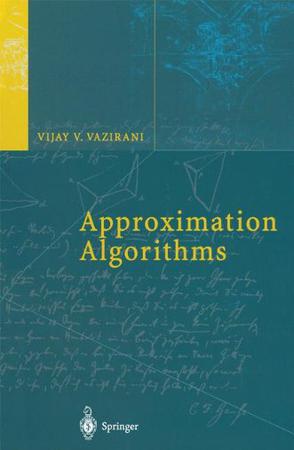
Approximation Algorithms
Covering the basic techniques used in the latest research work, the author consolidates progress made so far, including some very recent and promising results, and conveys the beauty and excitement of work in the field. He gives clear, lucid explanations of key results and ideas, with intuitive proofs, and provides critical examples and numerous illustrations to help elucidate the algorithms. Many of the results presented have been simplified and new insights provided. Of interest to theoretical computer scientists, operations researchers, and discrete mathematicians. -
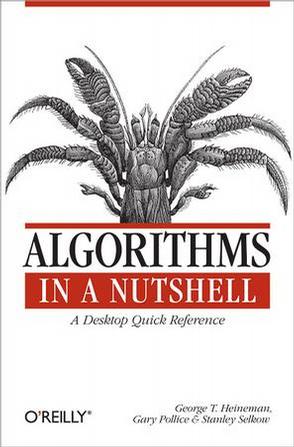
算法技术手册
创造稳定的软件需要有效的算法,但是程序设计者们很少能在问题出现之前就想到。《算法技术手册(影印版)》描述了现有的可以解决多种问题的算法,并且能够帮助你根据需求选择并实现正确的算法——只需要一定的数学知识即可理解并分析算法执行。相对于理论来说,本书更注重实际运用,书中提供了多种程序语言中可用的有效代码解决方案,可轻而易举地适合一个特定的项目。有了这本书,你可以: 解决特定编码问题或改进现有解决方案的执行; 迅速确定与需要解决的问题相关的算法,并判定为什么这样的算法是正确的; 探索C、C++、Java、Ruby中的算法解决方案,伴有实现诀窍; 了解一个算法预期的执行情况及最佳的执行条件; 发现不同算法中相似设计产生的冲突; 学习先进的数据结构以改进算法效率。 有了《算法技术手册》,你可以学习如何改进算法的性能,这是软件应用成功的关键。 -
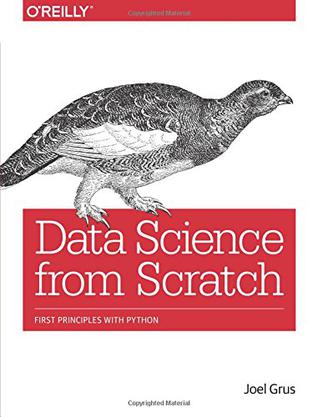
Data Science from Scratch
Data science libraries, frameworks, modules, and toolkits are great for doing data science, but they’re also a good way to dive into the discipline without actually understanding data science. In this book, you’ll learn how many of the most fundamental data science tools and algorithms work by implementing them from scratch. If you have an aptitude for mathematics and some programming skills, author Joel Grus will help you get comfortable with the math and statistics at the core of data science, and with hacking skills you need to get started as a data scientist. Today’s messy glut of data holds answers to questions no one’s even thought to ask. This book provides you with the know-how to dig those answers out. Get a crash course in Python Learn the basics of linear algebra, statistics, and probability—and understand how and when they're used in data science Collect, explore, clean, munge, and manipulate data Dive into the fundamentals of machine learning Implement models such as k-nearest Neighbors, Naive Bayes, linear and logistic regression, decision trees, neural networks, and clustering Explore recommender systems, natural language processing, network analysis, MapReduce, and databases -

An Introduction to Programming with Mathematica®
An Introduction to Programming with Mathematica® is designed to introduce the Mathematica programming language to a wide audience. Since the last edition of this book was published, significant changes have occurred in Mathematica and its use worldwide. Keeping pace with these changes, this substantially larger, updated version includes new and revised chapters on numerics, procedural, rule-based, and front-end programming, and gives significant coverage to the latest features up to, and including, Mathematica 5.1 Mathematica notebooks, available from www.cambridge.org/0521846781, contain examples, programs, and solutions to exercises in the book. Additionally, material to supplement later versions of the software will be made available. This is the ideal text for all scientific students, researchers, and programmers wishing to deepen their understanding of Mathematica, or even those keen to program using an interactive language that contains programming paradigms from all major programming languages: procedural, functional, recursive, rule-based, and object-oriented. -
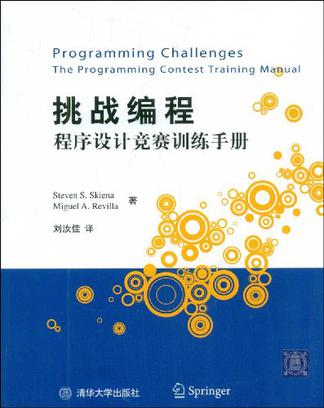
挑战编程
《挑战编程:程序设计竞赛训练手册》分为14章,分别介绍在线评测系统的基本使用方法、数据结构、字符串、排序、算术与代数、组合数学、数论、回溯法、图遍历、图算法、动态规划、网格、几何,以及计算几何,并在附录中介绍了一些著名的程序设计竞赛以及相应的备赛建议与比赛技巧。每章的正文用十余页的篇幅覆盖了该领域最核心的概念和算法,然后给出八道可在线提交的完整编程挑战题目供读者练习。 全书内容紧凑、信息量大,是各类程序设计竞赛的选手与教练不可多得的参考书。